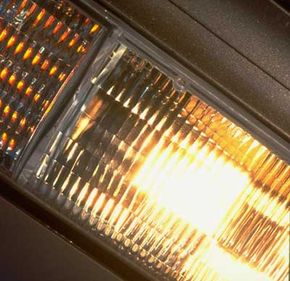When gasoline prices climb, people will do just about anything to improve their car's fuel consumption. Articles touting the top 10 ways to improve fuel efficiency pop up daily on Web sites and in news publications. For example, methods include keeping your tires inflated, not driving with the windows rolled down, and turning off your headlights.
That last one may be a tad extreme if you're driving at night, but when it comes to daytime running lights, or DRLs, one of the arguments that come up is their consumption of precious gasoline. Daytime running lights, required in many countries for decades, are headlights that run any time the car is on (the taillights and other lights remain off). Countries like Canada, Denmark and Sweden mandate these lights in an effort to prevent daytime accidents.
Advertisement
DRL laws have garnered mixed results. Some people claim the law reduces accidents by making motorists more visible -- Transport Canada, part of Canada's Transport, Infrastructure and Communities portfolio, claims an 11.3 percent reduction in daytime collisions. Others argue that the lights distract oncoming drivers and make people who don't have daytime running lights even less visible and therefore more prone to wrecks. Some detractors also complain that requiring people to drive with their lights always on is a drain on fuel and contributes to air pollution [source: Transport Canada, NMA].
But how much gasoline do the headlights really use? Could they really be affecting the quality of the air? And if the United States -- already the world's top consumer of gasoline -- jumped on the mandatory DRL bandwagon, how much more gasoline would the country consume in a year? The answer may surprise you.
Advertisement

